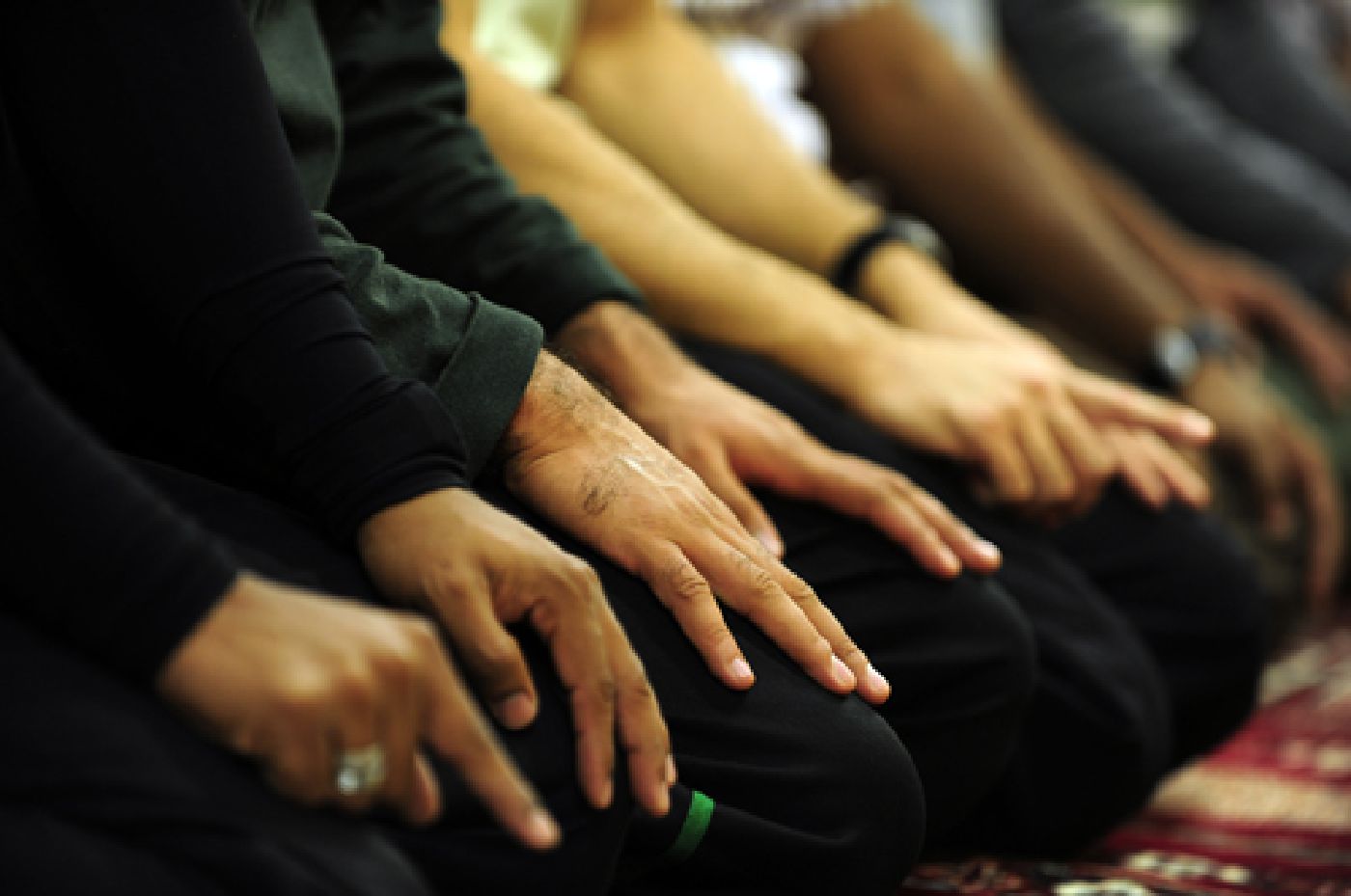
The share of Americans who leave Islam is offset by those who become Muslim
(WASHINGTON, DC, - 4/17/2018) Like Americans in many other religious groups, a number of adults who were raised Muslim no longer identify as members of the faith. But, unlike some other faiths, Islam gains about as many converts as it loses.
Pew Research is reporting that about a quarter of adults who were raised Muslim (23%) no longer identify as members of the faith, roughly on par with the share of Americans who were raised Christian and no longer identify with Christianity (22%), according to a new analysis of the 2014 Religious Landscape Study.


